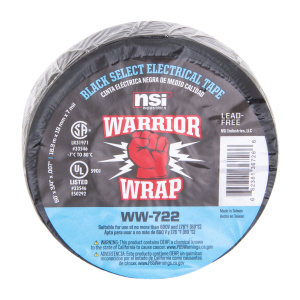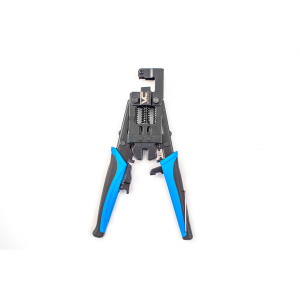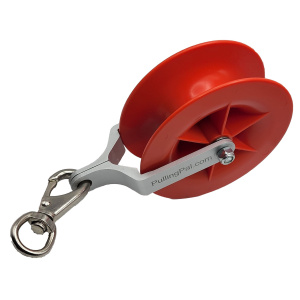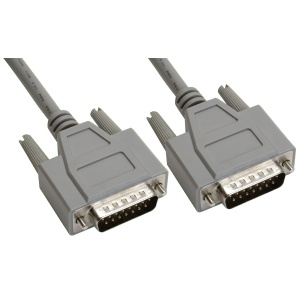The heart of any device, be it your sleek laptop, your immersive gaming console, or your state-of-the-art home theater, lies in its power supply. It’s the unsung hero that guarantees smooth and optimal performance. Picking the right power supply can sometimes feel like threading a needle in the dark, but we’re here to guide you through the process of Choosing the Right Power Supply for Your Device.
Choosing the Right Power Supply for Your Device: Why It Matters
When it comes to buying a new device or replacing an existing power supply, making the correct choice is crucial. Why, you ask? An ill-fitted power supply can hamper your device’s efficiency, or worse, cause irreversible damage. It can also impact your energy consumption, leading to inflated electricity bills. So, by choosing the right power supply, you’re not only ensuring the longevity of your device but also making a cost-effective and environmentally-friendly decision.
What Constitutes a Power Supply?
Before we dive into the intricacies of selecting the right power supply, it’s essential to understand its components. A power supply typically comprises a transformer, a rectifier, a filter, and a regulator. The transformer modifies the input voltage, the rectifier changes alternating current (AC) to direct current (DC), the filter smooths out the DC signal, and the regulator maintains a constant output voltage. Together, these elements convert the raw input power into a form that your device can utilize efficiently.
Decoding Power Supply Specifications
Various specifications need to be considered while choosing a power supply. These include wattage, efficiency rating, rail distribution, form factor, and connections available. Getting a hang of these terms might seem daunting at first, but don’t worry, we’ve got you covered. Let’s break it down one at a time.
Wattage: Determining Your Device’s Power Requirements
Wattage plays a pivotal role in choosing the right power supply. An underpowered device can lead to performance issues, while an overpowered one can cause unnecessary power consumption. It’s like Goldilocks’ porridge – it has to be just right.
The first step towards figuring out the correct wattage is to understand your device’s total power consumption. Consider all the components and their power requirements – from your CPU to your graphic card. Tools like online power supply calculators can come in handy here.
Efficiency Ratings: Getting the Most from Your Power Supply
Power supply units (PSUs) come with an efficiency rating that indicates how well they convert AC from the mains into DC for your device. PSUs with an 80 Plus rating, for instance, guarantee a minimum of 80% efficiency at various load levels. There are different categories within the 80 Plus rating, such as bronze, silver, gold, platinum, and titanium, each offering increased efficiency.
A high-efficiency power supply can reduce your electricity consumption and heat generation, leading to a quieter operation and longer lifespan of your device.
Rail Distribution: Single Rail vs. Multi-Rail
Power supplies can have either single or multiple 12V rails. The rails distribute the power supply’s total output. In a single rail PSU, all the components draw power from a common pool. In contrast, a multi-rail PSU segregates the power output, ensuring that a failure in one component doesn’t affect the others.
Choosing between the two depends on your device’s requirements. If your device houses power-hungry components, a single rail PSU might be a better fit. However, for a setup with multiple lower-powered components, a multi-rail PSU could be the safer option.
Form Factor: Ensuring Compatibility with Your Device
The form factor of a power supply refers to its physical dimensions and the layout of its mounting holes. It’s important to ensure that the power supply you choose is compatible with your device’s case. For instance, a power supply with an ATX form factor won’t fit into a Micro-ATX case.
Making the Right Connections
The connections available on a power supply determine its compatibility with the components of your device. Modern power supplies usually come with a range of connectors such as SATA, PCIe, and Molex. Make sure to verify that your power supply has all the necessary connectors for your components.
Branded vs. Generic Power Supplies
While generic power supplies might be tempting due to their lower cost, investing in a branded power supply can offer more reliability and durability. Brands like Corsair, EVGA, and Seasonic are known for their robust and efficient power supplies. Remember, a power supply is an investment in your device’s longevity.
Frequently Asked Questions
Here, we answer some common queries about choosing the right power supply for your device.
- Why is it essential to choose the right power supply for your device?Choosing the right power supply ensures optimal device performance, reduces electricity consumption, and extends the device’s lifespan.
- What factors should be considered while choosing a power supply?You should consider wattage, efficiency rating, rail distribution, form factor, and available connections while choosing a power supply.
- How do I calculate the power requirements of my device?You can use online power supply calculitors to calculate your device’s total power requirements.
- What is the difference between a single rail and multi-rail PSU?A single rail PSU allows all components to draw power from a common pool, while a multi-rail PSU segregates the power output among different components.
- Why should I prefer branded power supplies over generic ones?Branded power supplies offer more reliability and durability compared to generic ones.
- What is the 80 Plus rating in power supplies?The 80 Plus rating is a certification that ensures the power supply has at least 80% energy efficiency at various load levels.
Conclusion
Choosing the right power supply for your device is crucial, involving careful consideration of several factors. But once you’ve cracked the code, you can sit back and enjoy your device’s optimal performance, secure in the knowledge that you’ve made a wise investment.
Now, armed with this comprehensive guide, we hope your journey towards choosing the right power supply is as smooth as a summer breeze. Happy shopping!












